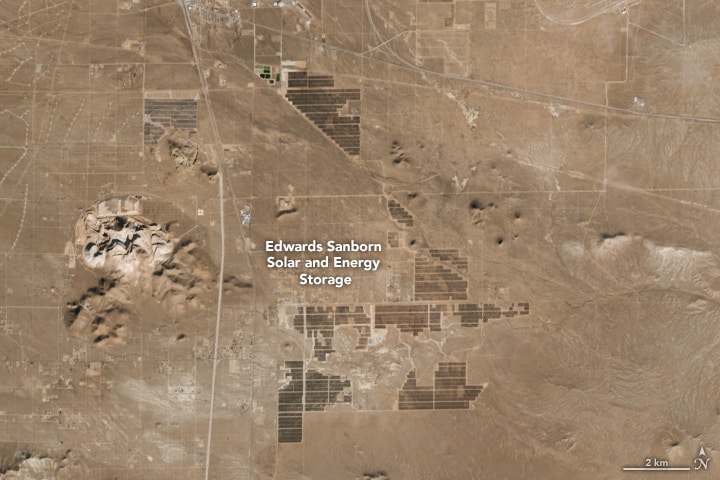Here’s something to celebrate: In 2022, electricity generated from renewable sources surpassed coal for the first time in the United States. The year before, it surpassed nuclear generation. By 2050, the IEA projects renewables will supply 44% of electricity in the U.S.–with solar providing more than half of it.
These are positive developments, but a challenge remains. Because many renewable sources aren’t always available or predictable (i.e., they don’t deliver the constant flow of energy that oil, gas, and coal do), energy must be collected and stored for later use.
If you read ‘energy’ and ‘storage’ and thought ‘batteries,’ give yourself a pat on the back! Batteries, particularly lithium-ion, are crucial to the integration of renewables, as well as reducing grid load. Recently, their use has scaled up significantly with the emergence of Battery Energy Storage Systems (BESS), sprawling facilities that can cover as much as 4,600 acres and store up to 3,300MWh of capacity.
With their remote locations, expansive size, and environmental inclination, BESSes are perfect for solar lighting. In this article, we’ll cover the current and future state of BESS, some of the challenges associated with lighting them, and why solar is the optimal solution.
A BESS is a lot like a savings account. You can ‘deposit’ energy into it, save it up, and ‘withdraw’ it when needed. Deposited energy can come from renewable sources like solar and wind farms or the grid during periods of low demand.
More than a standard battery, a BESS is comprised of multiple battery modules, plus additional technologies like inverters (to transform DC to AC), a battery management system (to control the amount of energy collected and discharged), and various sensors (to monitor conditions and performance). All these components are housed in something that strongly resembles a shipping container.
Since the mid-2000s, about 460 BESS have been built in the United States—a number widely expected to grow with the expansion of electric vehicles, artificial intelligence, and “smart” sensors and electronics. The Inflation Reduction Act (IRA) has also given BESS a significant boost, with projects now eligible for a 30% investment tax credit (hot tip: this credit also be applied to solar lighting installations!)
>>Watch the history of battery storage plants in the United States (click on any point to see its details)<<
Like solar farms, military bases, and industrial facilities, BESSes can cover hundreds or even thousands of acres (Florida Power and Light’s Manatee facility is the size of 30 football fields). These sprawling BESSes often include a secure perimeter and a range of applications—from roadways to parking lots to access points—all of which require reliable, high-quality lighting to keep site personnel safe.
Additionally, many BESSes are located in remote, hard-to-reach areas (the recently opened Edwards & Sanborn facility is in the middle of the Mojave desert). Lighting these sites with conventional lights is neither practical nor economical. Trenches would need to be dug (close to toxic, explosive chemicals), cables laid, and the cost of materials, labor, and equipment would send the installation through the roof.

Source: NASA Earth Observatory exemplifies the typically remote locations of BESS facilities
Solar lighting addresses all of these issues—and then some. First, it offers a fast, flexible, and unintrusive installation. Being fully autonomous (i.e. grid-less) means systems can be installed anywhere light is needed. Some lights (like Sol’s all-in-one iSSL systems) can be installed in as little as 15 minutes with no specialized equipment or tools.
Post-installation, solar lights offer many benefits, including energy savings, a long service life, and low maintenance requirements. Because they are not wired into the grid (or to the BESS itself), they generate their own power and don’t have any recurring utility costs. High-density batteries and quality fixtures greatly reduce replacement frequency, while self-cleaning, frameless PV panels make maintenance a non-issue.
Finally, solar lights are a natural fit for facilities that are literally powering the transition to renewable energy. A signifier of environmental awareness and action, they demonstrate the progress that’s already been made toward energy decarbonization and suggest that a fully clean power grid might not be so far off.
Have a BESS facility—or another project—you’d like to discuss? We’d love to hear from you!
